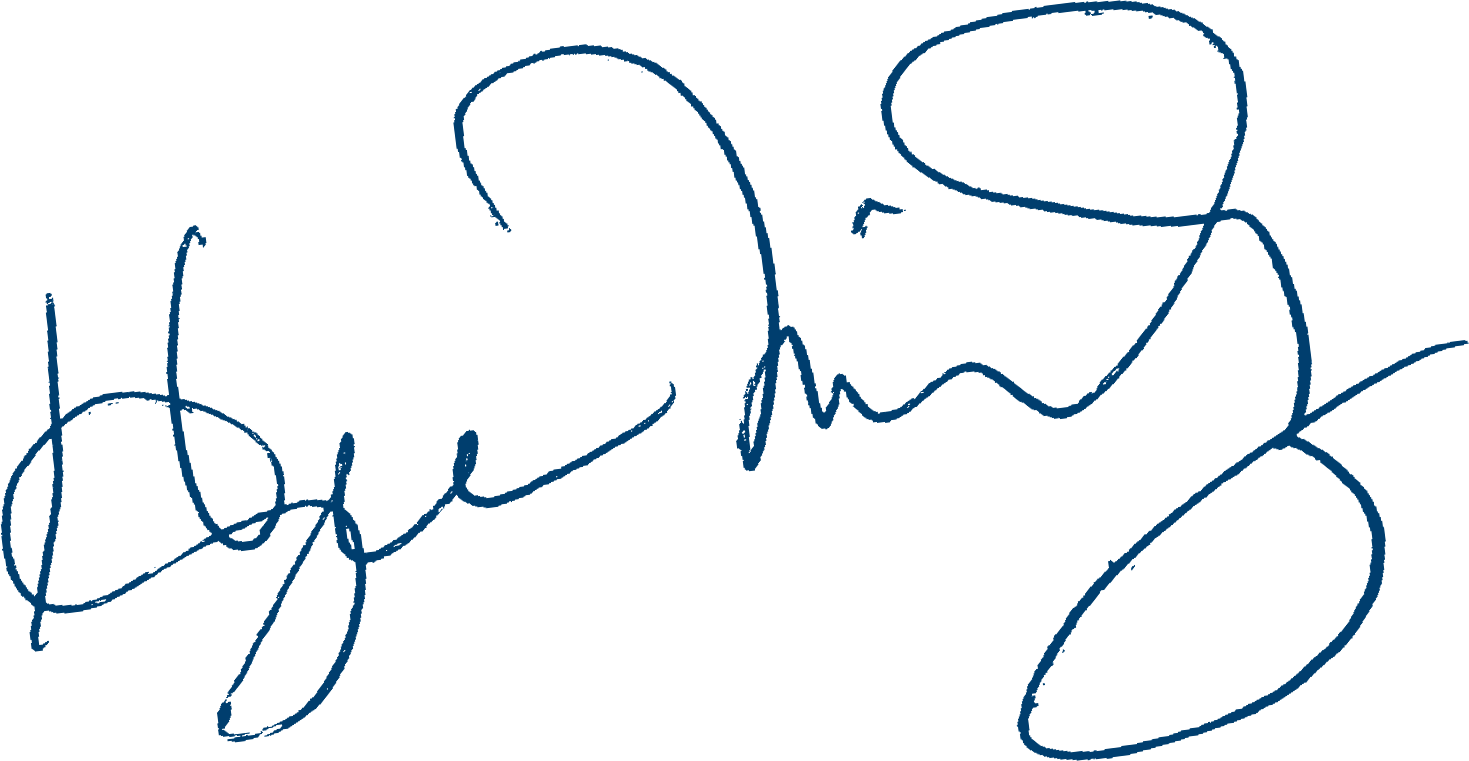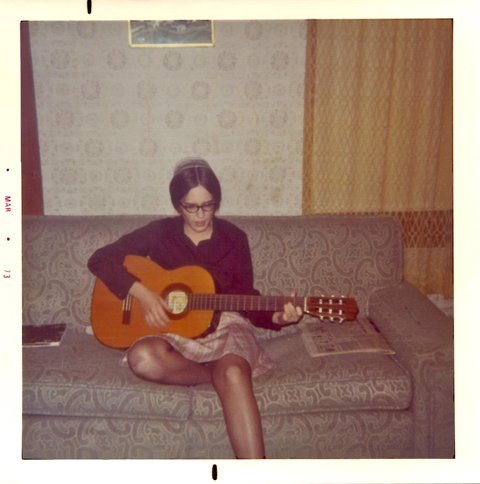
“Mennonites Writing in the Information Age”
Journal of Mennonite Writing, v. 11, #4, 2019
“I looked at my phone, it was sitting on the counter in airplane mode. I had been offline for seventy-two hours and can remember feeling that this should be counted among the great examples of personal stoicism and moral endurance of our times.” (Zadie Smith, in Swing Time.)
In the winter of 2018, a post popped up on my Facebook feed, a friend’s repost of an article by an evangelical pastor, in which the pastor stated that he did not understand progressive Christians who cry about the children in cages at the border, but care nothing for the lives of aborted babies. My chest tightened into a deep and unforgiving pain at the false equivalency. Responses to the post poured a chorus of “amens” down the Facebook feed and out into a world of deep societal divides. I deliberated. Do I respond to my Facebook “friend?” I have responded to her on other topics. She is, without a doubt, a kind and caring person, but we seldom see eye to eye.
Such is the dilemma of our lives in the Age of Information and on social media. To be sure, we’ve long worried about what topics to avoid over Thanksgiving feasts with our families, but there is a strange new immediacy to our quandaries. Our interactions have moved beyond our dining room tables and holiday meals, broadening the cycles of conflict as we struggle to maintain civility and encourage compassion. The paradox is that our online world brings people together in a screen presence while simultaneously driving an ever-growing wedge between us.
We live with instant connections to far-flung people as well as connections to those near and dear to us. We find ourselves arguing points of politics and theology with the “friend” of a “friend” on Facebook, a designation that (by the transitive property of equality) should make us all friends, right? We email our family or, in an act of defiant resistance, we self-righteously place a stamp on an envelope, sending handwritten notes through the postal service. We post pictures of our daily life on Instagram, sharing intimate news with god-knows-who. We get our news in online newspapers. We laugh at or sigh over a meme that travels the internet at the speed of light, depending on whether it fits our worldview or demonstrates all that (to us) is wrong with society.
When thinking about the Information Age, we could be referring to the technology that underlies information, whether that is a pen or if it is the bits and bytes of the computer hard/software; to the data arranged in the bits and bytes to form the social media outlets that we use; to the structure that arranges the information for ease of access; or to the knowledge, the interpretation or evaluation of the data that we seek out. And, of course, I would be remiss if I did not mention that tucked in among all of this resides a plethora of mis/disinformation, a daunting aspect of our post-truth, fake-news society.
If we are stressed or distressed about the direction of the world in the Information Age, it is worth noting that those layers (right down to the disinformation) have always been there. Whether we are studying petroglyphs on rock walls or deciphering a flag semaphore, when we look up a word in the Oxford English Dictionary or write an entry for GAMEO, whether we are studying genes or passing along a meme, when we look for a book using Library of Congress subject headings or are understanding an article with a word cloud, those are all our attempts to navigate the entropy of information. And, if we are honest (and knowledgeable), we have to admit that there has always been misinformation through manipulation, editing, splicing, altering or omitting the context, erroneous and misleading juxtaposition. It’s just that now we have access to clickbait (with specific nefarious purposes) on a 24/7 basis while sitting at our kitchen table or in the middle of a sleepless night.
In the 1940s, the mathematician, Claude Shannon, struggled to come up with a term for the Information Age. He said that information is complex and it consists of four qualities: difficulty, uncertainty, entropy, and chaos[1]. His description mirrors Jorge Luis Borges’s library in his story “Library of Babel” which was written at nearly the same time. Borges describes the joy people experience at the thought of access to all knowledge, a joy that quickly degenerates into a brawling free-for-all where pilgrims “proffered dark curses, strangled each other on divine stairways…”[2] Sound familiar?
When I began to consider what it means to write in the Age of Information, I began with (what else?) a Google search. (So shoot me— I also used scholarly databases). What I found was a preponderance of articles and blog posts, cries and laments about information overload with all the other names that could be applied to it: the information flood, information tsunami, information deluge, information explosion, information anxiety, infoxication, infobesity, death by information overload. Too much information, it would appear, is more than just a saying (“TMI”) to hurl at someone who is revealing excessively-private aspects of their lives. It is now a disaster of unprecedented proportions and we are all going to be undone (in some pretty serious ways) by our ready access to too much information. Whether “too much information” is disaster, disease, and diabolical plot or whether it denotes connection to others and access to all knowledge (or somewhere in between) depends on your worldview, your coping mechanisms, your investment in social media. And that doesn’t begin to lay bare the horror of the post-truth, fake-news, junk news, pseudo-news threats to Democracy that come as a result of our ready access to TOO MUCH INFORMATION.
Before we burrow into a den of despair over this terrifying state of affairs, it’s important to know at least a little history. Ann Blair, a Harvard historian of Early/Modern Europe writes that information overload has long been the cry of the people[3]. Associating information overload with new digital technologies might miss something. Blair quotes the writer of Ecclesiastes who states, “Of anything beyond these, my child, beware. Of making many books there is no end, and much study is a weariness of the flesh.” Plato, when writing down what Socrates said about literacy and the deficiencies of writing, added that writing will have a deleterious effect by causing people to forget to use their memories and they will forget everything they learned. In 1255, Vincent of Beauvais decried “the multitude of books, the shortness of time and the slipperiness of memory.” In the fifteenth century, when the Gutenberg press made it possible to turn out thousands of books, the literate classes of Europe felt as overloaded by information as we do. Erasmus lamented, “Is there anywhere on earth exempt from these swarms of new books[4]?”
But Blair also notes that previous societies dealt with their anxieties by developing methods to deal with the overload of information. They wrote bibliographies, built libraries, compiled encyclopedias and concordances, gave advice on taking notes, created indexes and outlines, developed subject headings. In other words, they set about organizing information so that it could be accessed and understood. They figured out how to set out sandbags to alter the flow of the flood and save scholars from drowning in too much information. With the long story of humans fretting about information overload comes an equally lengthy history of people learning to manage it.
It is true that there are a few differences in our present Age of Information. Earlier floods of information were experienced by the literate class, in comparison to the democratization of information today. Also, there is the immediacy of our access to information in our current milieu, with its instantaneous access wherever we are, at any time of day. The almighty search engines are as close as our omnipresent cell phones. Even with those differences, knowing the history might help us find more nuanced ways to talk and write about it, fresher approaches to living with it. Our limited minds can never take in all the information that is available—but we never could take it all in. Our current dilemma, however magnified and heightened it might feel to us, stretches backward from Google all the way to the library of Alexandria.
The worry, of course, comes when we see how the shadowy forces use memes to attract young disgruntled Caucasian males into a world of white supremacy. Or how the strategic placement of clickbait sways elections. A president “rules” by tweets, while denigrating the media as fake news. And then there is the way we ourselves interact with the posts of our Facebook friends— and friends of friends. The internet exacerbates the negative, perpetuates the lies, carries our conflicts into ever-wider circles of acquaintances. James Gleick says, “On a bad day, a meme is a virus,” a statement, which in turn suggests that there might also be good days[5].
And there are the good days. The same ready access that could be our downfall provides us with a connection to the world beyond our neighborhood, the ability to make changes in ways we could previously only dream about. For example, in the summer of 2018, after the egregious separation of children from parents at the U.S./Mexico border, a group of librarians and scholars who were in despair over the horror being perpetrated, asked themselves what they could do. They set to work utilizing basic techniques of library science and organization to track the placement of children across the United States. Within several weeks, barely taking time to sleep or eat, these researchers created a map of routes and locations of placement, information that was extremely useful for organizations overwhelmed by the struggle to provide services and support for the affected families. Without the internet, this information would have taken years to accumulate, or would even have been impossible[6].
An example closer to home is the website Our Stories Untold. The importance of bringing those stories of sexual abuse together in a readily-available blog is summed up in the words of Zora Neale Hurston, words that the website writers deemed important enough to place at the top of the page, “There is no agony like having an untold story inside you.” The website brings together the stories, the resources, and the support that makes it possible for people to share their pain-filled stories and begin to find healing and hope in a world and in a church that has not been willing to listen to them[7].
Marshall McLuhan wrote that “electronic man is no less a nomad than his paleolithic ancestors.” Non-inclusive language aside (he wrote it in 1967), we are internet nomads in search of green pastures. As we wander the internet,what questions can we ask? Could writers serve as the “wandering decoders” of Borges’s library? How do Mennonite writers navigate the quagmire? What do we have to offer that is counter-cultural without being an avoidance mechanism (a skill we’ve acquired along the way)? And is there such a thing as a Mennonite meme—or why should we even care?
https://mennonitewriting.org/journal/11/4/writing-resistance-age-information/



